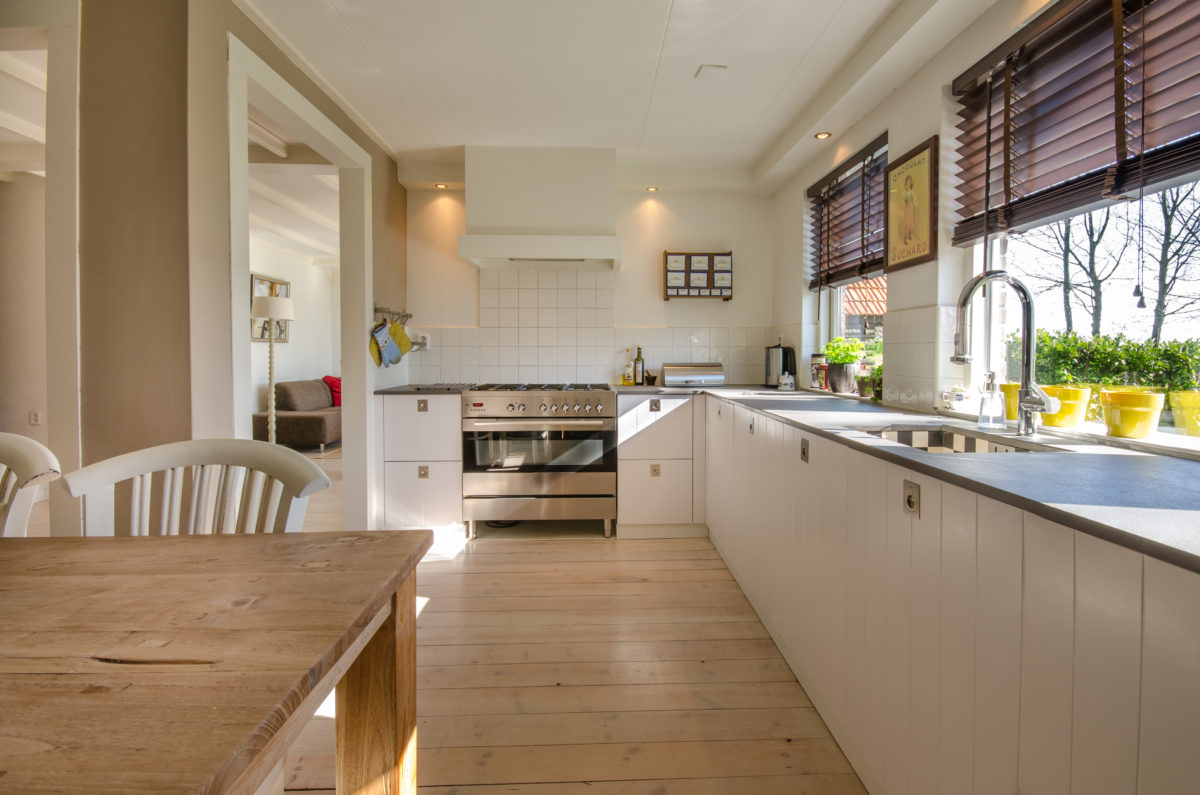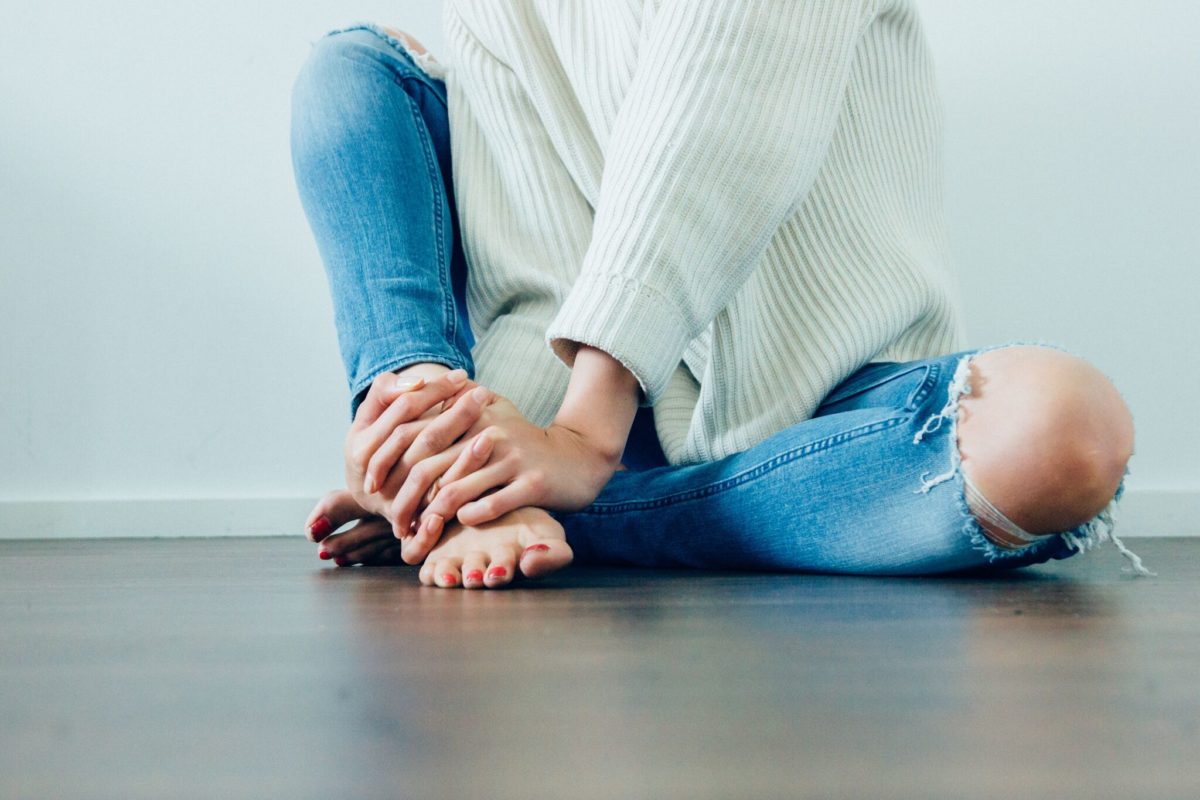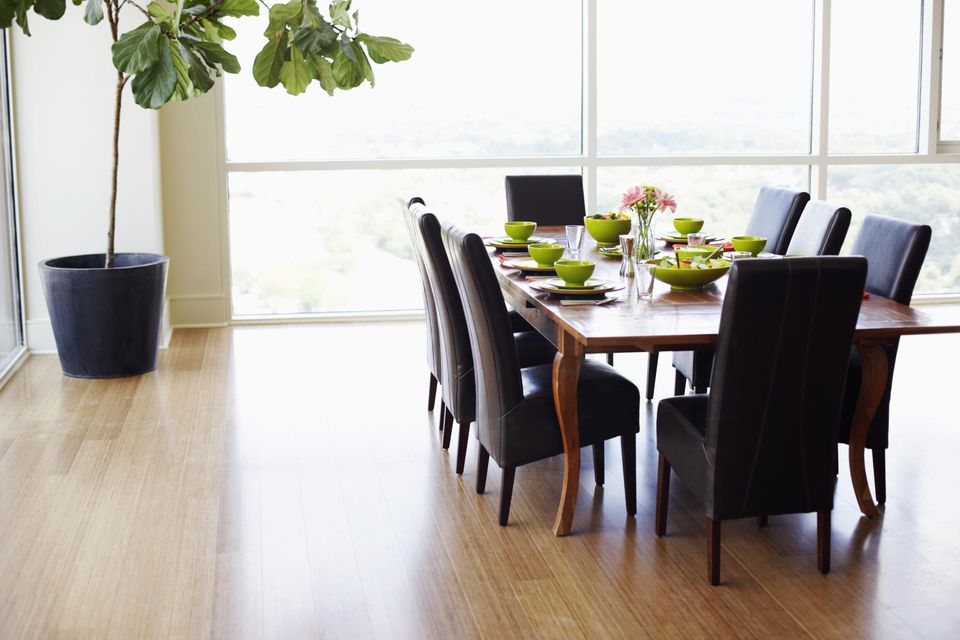Laminate – the floor with a good ecological profile
Laminate flooring consist of wood mostly. Wood is one of our planet’s sustainable and renewable raw materials, making laminate flooring a product, which is light on resources and even recyclable. And that’s not all. Laminate flooring has a firm, sealed surface which ensures that dust and dirt simply cannot penetrate. That is why they are completely hygienic, easy-care and particularly good for allergy sufferers.
Ecologically produced
Laminate is ecologically produced without any addition of pesticides, organic chlorine compounds or hazardous heavy metals. Thanks to advanced production techniques, laminate flooring has all the positive environmental impact of wood products. But laminate offers more, because thinning material from forests and wood waste from the sawmill industry can be used to manufacture the wood fibreboard, which lessens the environmental impact even further.
The sustainable origin of the raw wood materials used is verified by recognized seals of approval, which also guarantee that – for the protection of human health and of the environment – all product components comply with the strict European Union Chemicals Regulation (REACH).
Protecting the future – respecting nature.
Laminate floors are mostly made of wood fibres and also wood pulp, in other words paper. As wood is a sustainable and renewable resource, laminate flooring is by all means an ecologically low-impact product.
Monitored production
Laminate flooring is manufactured in modern production facilities that are subject to emissions and environmental standards and in many cases have their own energy and heating cycles. As a result, laminate flooring has all the positive environmental impact of wood materials.
Environmental approach
The wood used to make laminate floors comes mainly from domestic and sustainably managed forests. This means there is no environmental damage caused by importing timber from all over the world. The production process uses not only logs but also wood waste from the sawmill industry, so to some extent laminate floors are already a recycled product.
What about formaldehyde?
Formaldehyde is found naturally in wood and is also found in melamine resin, so laminate floors as any other product made of solid wood do contain formaldehyde. But there is no risk to health, because the formaldehyde in the melamine resin is permanently locked into the resin structure during hardening so it cannot be released into the air.
Same values as measured from wood in natural state
Numerous documented measurements of laminate flooring have yielded emission values that correspond to the formaldehyde emissions limit for wood in its natural state, which are far below the legally defined limits. In other words, laminate floors do not pollute the air inside a building with odorous or harmful substances any more than ordinary wood.
EPDs attest excellent life cycle assessment
One of the impressive features of laminate flooring is its excellent life cycle assessment with extremely positive values for primary energy consumption and global warming potential. It also excels when it comes to indoor air quality assessment. Proof of this can be seen in evidence-based EPDs (Environmental Product Declarations). EPDs provide a strong argument in favour of laminate floors for anyone looking to choose a new floor with environmental impact and sustainability in mind, whether for private or public/commercial use.
Already in 2009, the EPLF was one of the first groups in the flooring industry to prompt the development of special Environmental Product Declarations (EPD) and therefore paved the way towards increased transparency and product safety. And also Architects and designers already value tested environmental quality. Interior design products which have a positive environmental impact and can demonstrate this in specific EPD are now increasingly being used in the commercial construction .
Free estimate in Miami
call me. I’m here to help 305-776-3584





